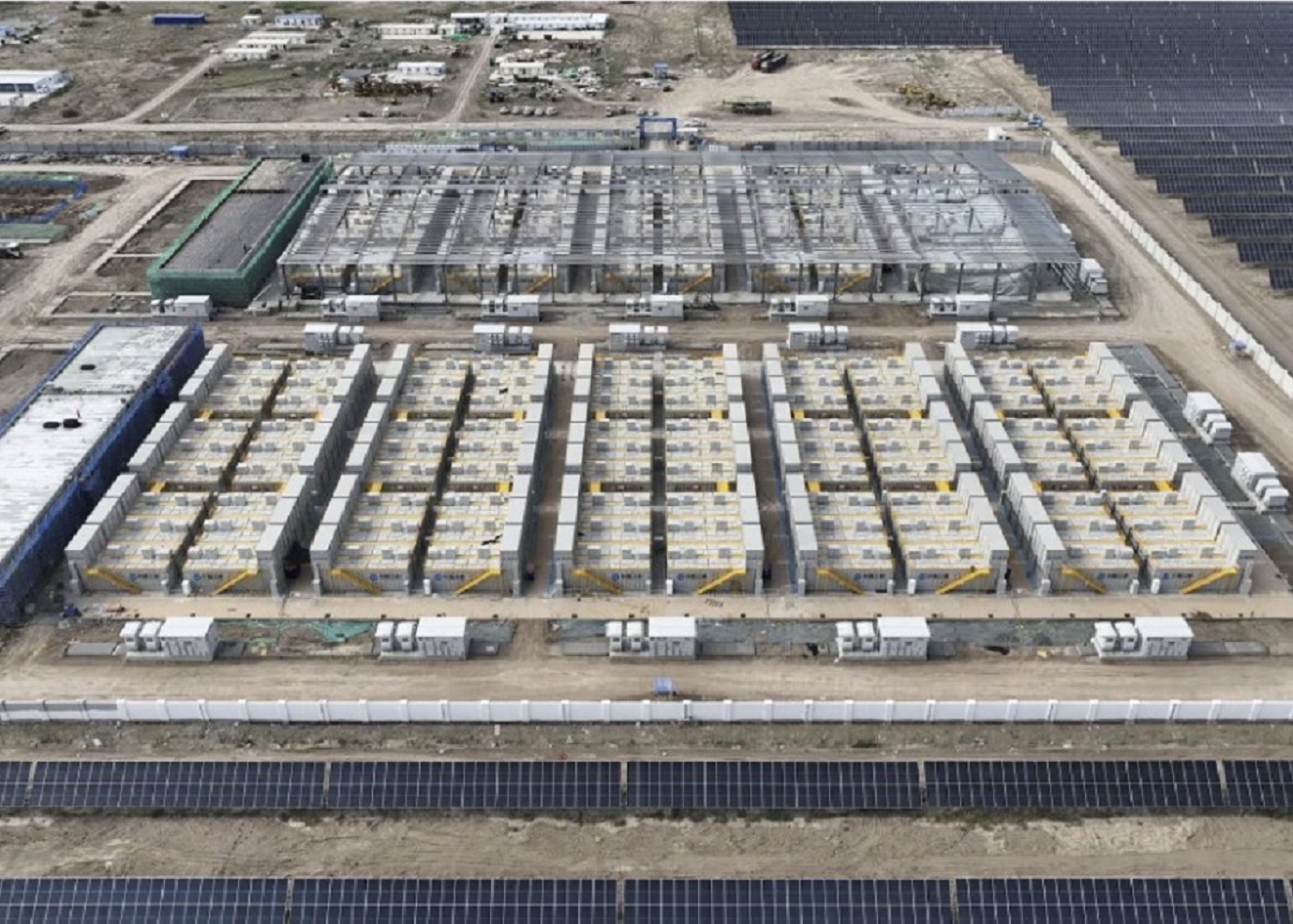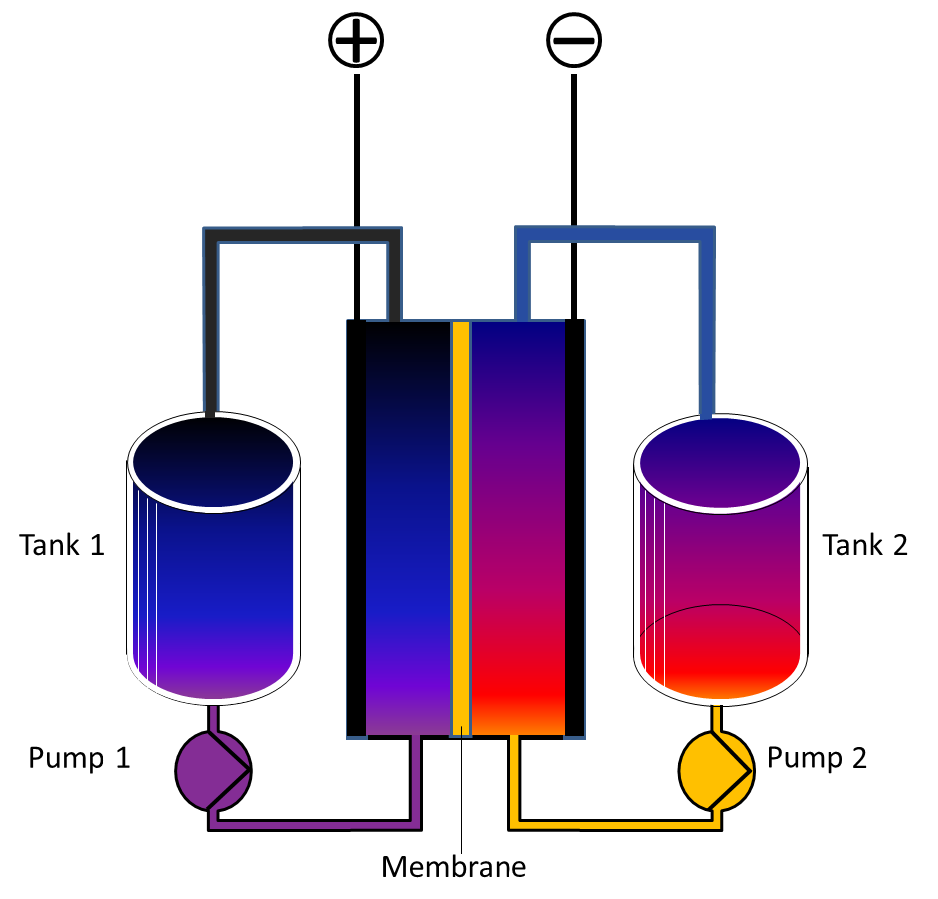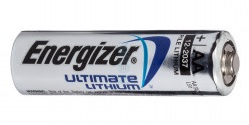Storing electric power in a fluid

Your laptop or bike requires a relatively small battery. On the other hand, significantly higher storage capacities are needed to accommodate surplus electric power from wind or solar farms. With ordinary batteries, the price quickly adds up. That is why Professor of Molecular Energy Edwin Otten is working on a different type of battery that stores electric power in large containers of fluid: this would make the battery much cheaper. To make such a battery effective and affordable, a lot more research is still needed.
Large-scale storage helps to keep the power grid stable: solar and wind power are available in varying amounts and cannot be aligned with demand. Large batteries can serve as a buffer, storing surplus electric power and releasing it when demand exceeds supply. However, most large batteries are composed of many smaller ones. Manufacturing and assembling all those small batteries is relatively expensive. The flow battery works differently. It consists of two large ‘containers’ with a fluid, one negative and one positive. A large battery simply consists of large containers.
Two containers
The charge of a flow battery is generated when the fluid is pumped past a reactor, causing it to become either negatively or positively charged. The reactor can also convert the charge from the two containers back into electric power, just like an ordinary rechargeable battery.
The advantage of a flow battery is that it can be easily scaled up. In addition, you can fully charge and discharge the battery, something that would be harmful for ordinary batteries. That is why your phone has an app that stops charging at 80 percent, and will warn you at 20 percent to charge your phone. In a flow battery, a cycle of charging and discharging has hardly any harmful effects, which is why its expected lifespan is about twenty years.

Searching for the best fluid
‘It all sounds great, but there are also disadvantages’, explains Edwin Otten. ‘The flow battery works with dissolved substances, but only a limited amount can be dissolved in a fluid. For this reason, the energy density of a flow battery is lower than that of an ordinary battery.’ A pump is also needed to circulate the fluid, which costs energy. ‘The efficiency of charging and discharging in a flow battery is about 75 to 80 percent, which is about 10 percent lower than in a lithium battery.’
At a few locations in the world, there are now flow batteries that operate on a solution of the metal vanadium, which has an acceptable energy density. ‘However, vanadium is only mined in a few places, which means it is very expensive. And if demand increases, the price will only rise’, explains Otten. Therefore, he is searching for cheaper compounds that are just as good at storing the electric power, such as easily producible organic molecules. Three years ago, he published the results of his research in which he developed such an organic fluid.
Why there are no small flow batteries
‘Flow batteries are only cost-effective for large-scale storage,’ says Edwin Otten. ‘That is why there are no small-scale applications available to test the technology on the market. This was possible with lithium batteries, which have been developed in smaller versions.’ Consequently, it is difficult to secure investors for flow batteries

Research into large-scale batteries is now receiving support in the Netherlands from the National Growth Fund. A proposal for research into batteries was approved two years ago, and the funds will soon be made available. ‘This includes five million for this type of battery’, Otten specifies. ‘At seven knowledge institutions, we want to work on solutions to existing problems.’ And the construction of large-scale storage, such as by Giga Storage, shows that there could be a market for large flow batteries. This company is currently building a power storage with a capacity of 300 megawatts and a storage capacity of 1,200 megawatt hours.
It is a new technique, so there are still all sorts of problems we need to solve
‘We have shown that it is possible’, Otten says. ‘But the energy density of the fluid we produced was still too low, partly because the voltage was too low. It needs to be three to four times higher.’ With his team, he keeps searching for new molecules that can store electric power more efficiently. ‘The electrical behaviour of various molecules can be predicted quite well based on what we know of their properties. It is more difficult to predict how stable they will be in a battery.’
Monitoring molecules
Numerous tests showed that the capacity of promising molecules declined too quickly. ‘We want to know exactly what happens to them. So we are working on a system with which we can constantly monitor the molecules in the fluid.’ Another challenge is to quickly determine whether the molecules remain stable in the long term. ‘This could be done, for example, by increasing the temperature, which speeds up all kinds of processes. However, this would also lead to other issues, such as evaporation.’
In the Netherlands, start-ups are working on various types of flow batteries, and it is not yet clear what will be the winner. Otten: ‘It is a new technique, so there are still all sorts of problems we need to solve.’ And he will keep working on it. ‘This is important for the stability of our power grid.’
A great deal of research is required to develop the best or cleanest batteries. But how does a battery actually work?
An €800 million programme funded by the Dutch National Growth Fund aims to stimulate the Dutch battery ecosystem and make a global impact. Scientists from the University of Groningen contribute to this programme, designing and building the batteries of the future.
More news
-
23 October 2025
Nine UG researchers awarded Vidi grant
-
23 October 2025
Thousands of eyes on the sky: 4MOST sees first light
